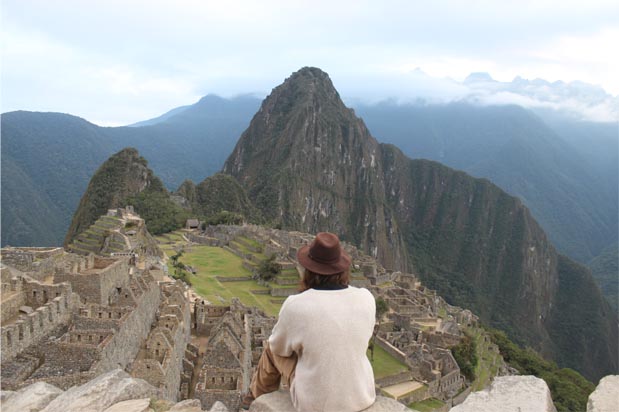From Ruins to Revelation: The Modern Rediscovery of Machu Picchu
Up high in the Andes Mountains, shrouded in mist and mystery, lies Machu Picchu, a testament to the ingenuity and spirit of the Inca Empire. Its modern-day discovery by Hiram Bingham in 1911 marked not just the unveiling of a lost city but a monumental shift in our understanding of pre-Columbian history and the start of a new chapter in the world of archaeology.
The Quest Begins
Hiram Bingham, a lecturer at Yale University, set out on a Peruvian expedition in search of Vilcabamba, the legendary last stronghold of the Inca resistance against Spanish conquest. What he found instead, with the guidance of local farmers, was a site that would captivate the imagination of the world—Machu Picchu. Hidden beneath thick vegetation, the sprawling stone ruins whispered tales of a sophisticated civilization long vanished.
Unveiling the Inca Citadel
Bingham’s photographs and descriptions of Machu Picchu sparked immediate international interest. Here was a city of breathtaking beauty and complexity, its terraces carved into the mountain ridge, its temples and palaces built with precision that defied the centuries of neglect. The discovery was a revelation, challenging previous assumptions about the Inca Empire’s reach and sophistication.
The Impact on Archaeology
Machu Picchu’s rediscovery revolutionized archaeological methods and perspectives. Bingham’s initial explorations, funded by Yale University and the National Geographic Society, laid the groundwork for systematic archaeological study, emphasizing the importance of fieldwork, documentation, and preservation. The site became a focal point for studying Inca architecture, agriculture, and astronomy, offering insights into a civilization that had mastered harmony with its harsh Andean environment.
A Window into Inca Life
The structures and artifacts uncovered at Machu Picchu have provided invaluable insights into the daily lives, religious practices, and societal structure of the Inca. From the Intihuatana stone, believed to be an astronomical clock, to the intricate water channels that demonstrate advanced engineering skills, every discovery has helped piece together the puzzle of Inca civilization, offering a glimpse into their world view and their reverence for nature.
Preservation and Controversy
The excitement of Machu Picchu’s discovery also brought to light the challenges of preserving such a site. Over the years, debates have ensued over the repatriation of artifacts Bingham removed to Yale, the impact of tourism on the site’s integrity, and the balance between research and conservation. These discussions continue to shape policies on cultural heritage and archaeological exploration worldwide.
Reflections on Discovery
More than a century after its rediscovery, Machu Picchu stands as a symbol of exploration and discovery, embodying the human quest for knowledge and understanding. Bingham’s journey from ruins to revelation has inspired countless others to explore, to question, and to preserve our global heritage. Machu Picchu is not just a relic of the past; it is a living testament to the ingenuity of the Inca and the enduring fascination with the mysteries of history.
In Conclusion
The story of Machu Picchu’s modern rediscovery by Hiram Bingham is a narrative of adventure, science, and reflection on the complexities of history and preservation. It reminds us of the power of curiosity and the importance of safeguarding our shared heritage for future generations. As we continue to explore and learn from the ruins of Machu Picchu, we carry forward the legacy of those who built it and those who brought it back into the world’s consciousness.





